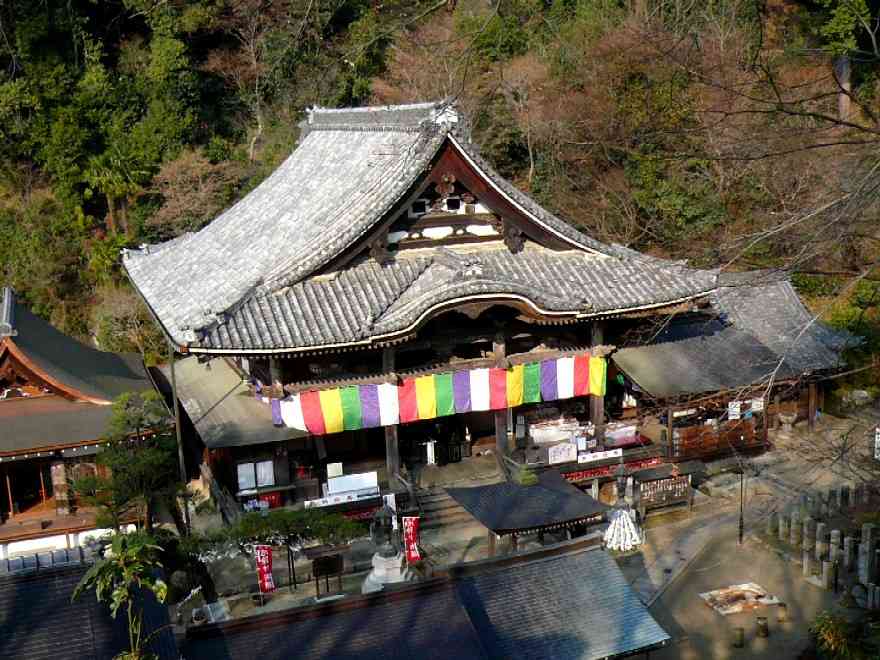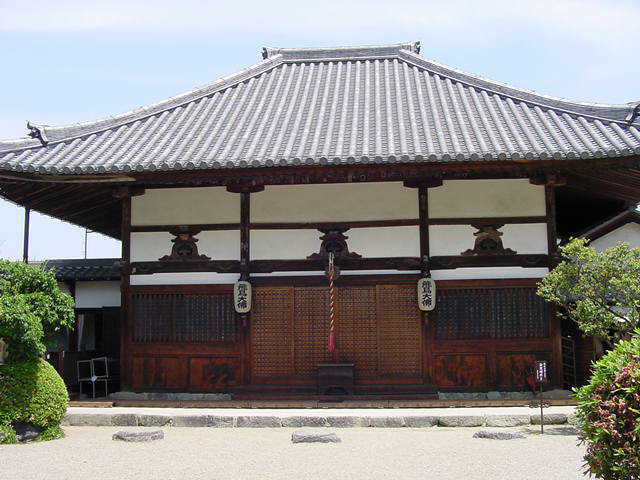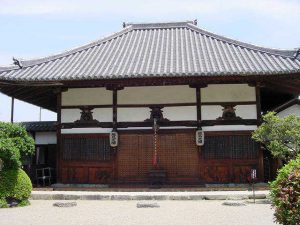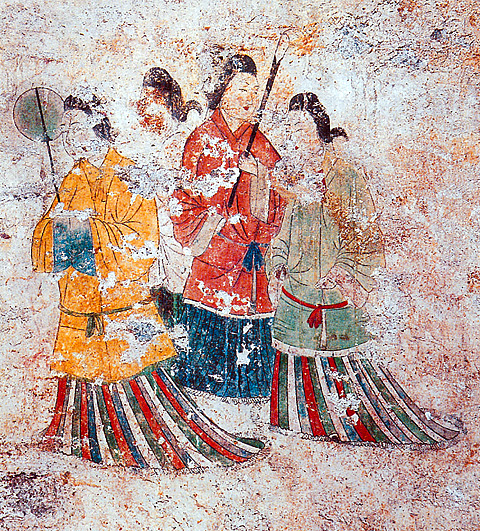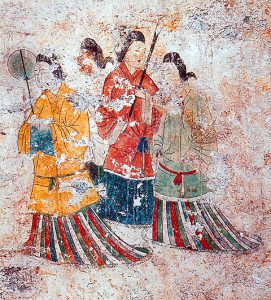Oka-dera Temple
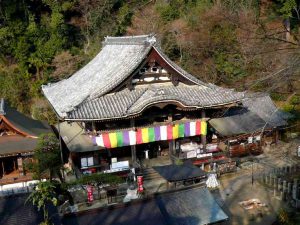 Its formal name is Ryugai-ji.
Its formal name is Ryugai-ji.
There is a pond called Ryugai-ike which is said to have a dragon sealed within in the grounds.
The principle object of worship is the Cintamani-cakra bodhisattva sedentary statue (Important Cultural Property), which is the largest earthen statue in Japan. In the spring, 3000 rhododendrons color the grounds.
- Entrance fee: 300 yen
- Closed: Open all year, excluding cases of special circumstances
- Open hours: March 1-November 30: 8:00~17:00; December 1 – End of February: 8:00~16:30

